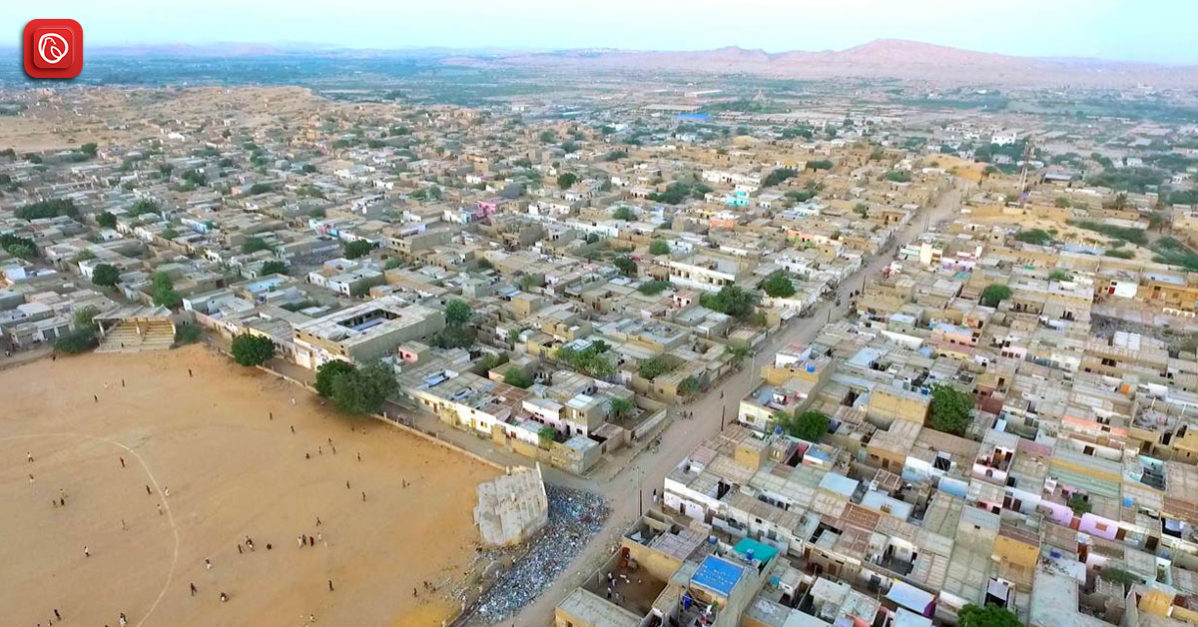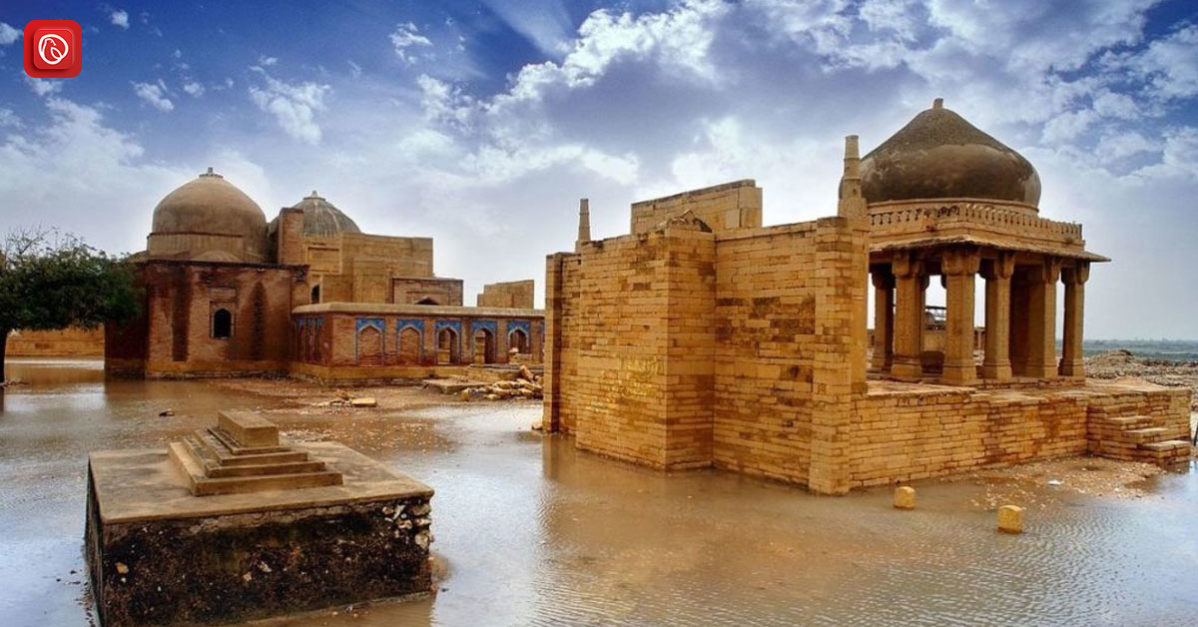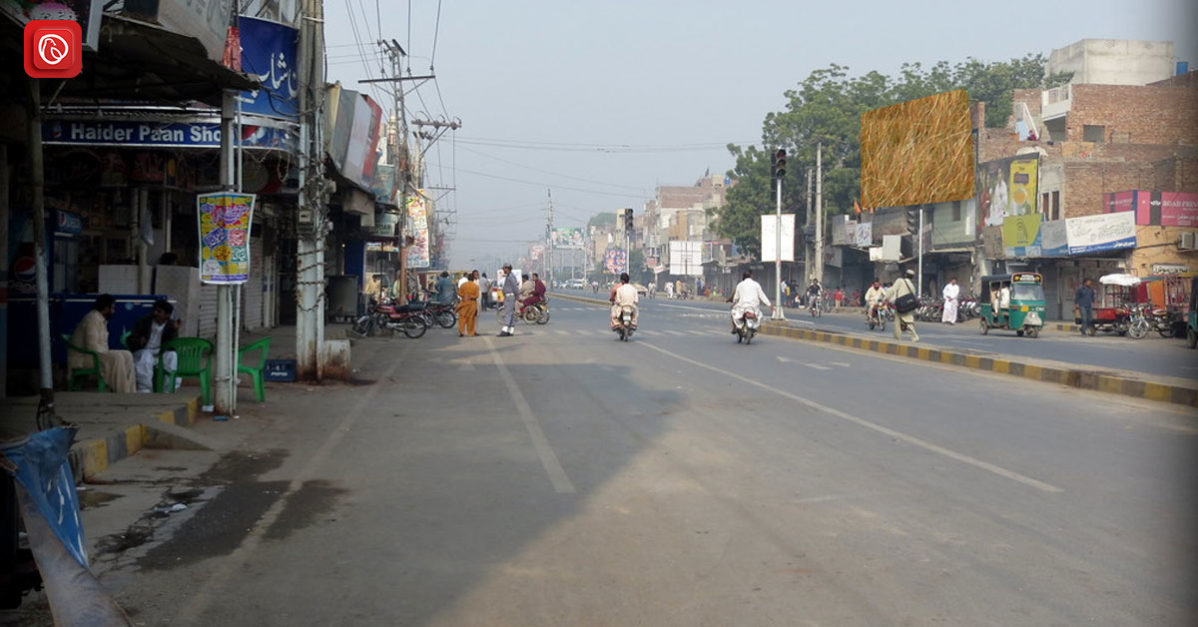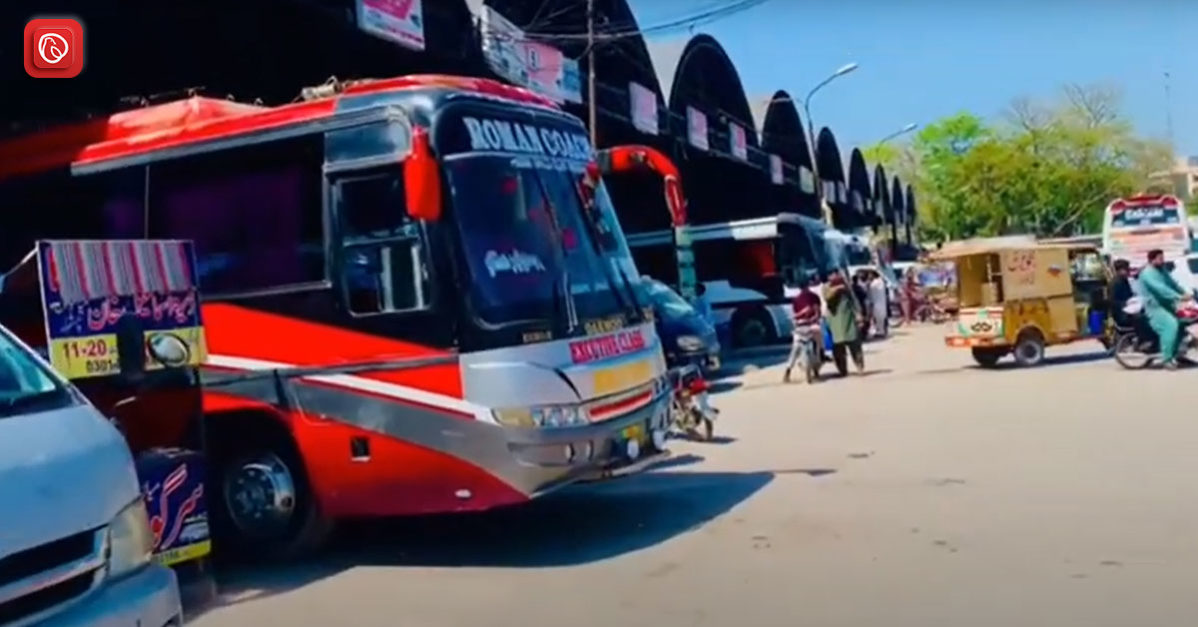Orangi Town, located in Karachi, Pakistan, is renowned as one of the world’s largest slums. With a population exceeding three million, it stands as a testament to the resilience and resourcefulness of its residents. This blog by Graana.com delves into the history, demographics, infrastructure, socio-economic conditions, educational and healthcare facilities, and the challenges faced by the community of Orangi Town.
History and Development
Orangi Town’s history deeply intertwined with the rapid urbanisation and migration patterns that have shaped Karachi over the past several decades. Originally, it was an area of undeveloped land on the outskirts of Karachi. However, from the 1960s onwards, it began to see an influx of migrants from rural areas and other parts of Pakistan, driven by the search for better economic opportunities.
The development of Orangi Town largely be attributed to the self-help initiatives of residents. Without formal government support, the community organised itself to address basic needs such as housing, sanitation, and water supply. The Orangi Pilot Project (OPP), initiated in 1980 by Akhtar Hameed Khan, played a pivotal role in this process, providing technical support and facilitating community-led infrastructure projects.
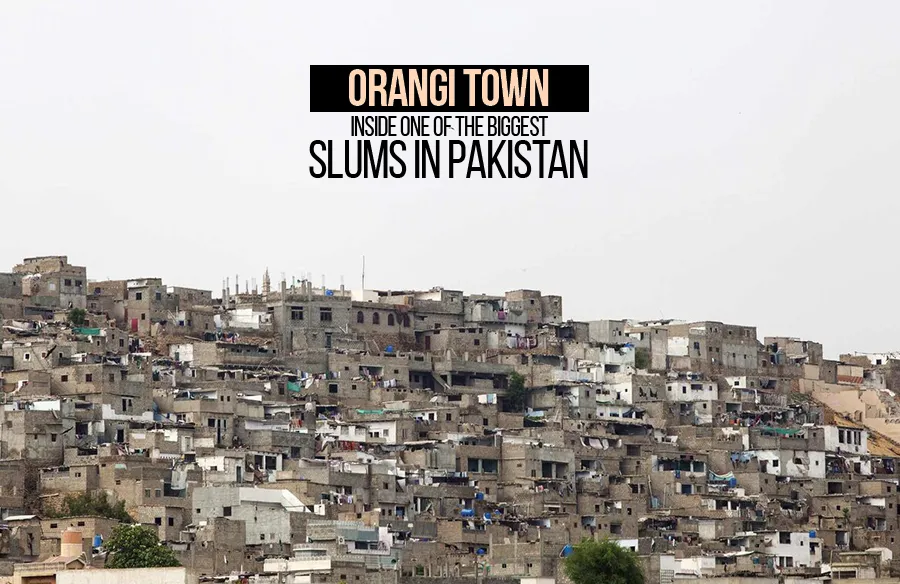
Demographics and Community Life
Orangi Town’s population is incredibly diverse, with residents hailing from various ethnic and linguistic backgrounds, including Urdu-speaking Muhajirs, Punjabis, Pashtuns, Sindhis, and Baloch. This diversity reflected in the vibrant community life, with a rich tapestry of cultural traditions, languages, and religious practices.
The social fabric of Orangi Town is characterised by a strong sense of community and mutual support. Neighbourhood associations and informal networks play a crucial role in organising community activities, addressing local issues, and providing support to vulnerable residents.
Infrastructure and Housing
Orangi Town’s infrastructure is a mix of formal and informal developments. While the area has seen significant improvements over the years, challenges remain in providing adequate housing, sanitation, and utilities to its growing population.
- Housing: The majority of housing in Orangi Town consists of small, self-built homes. These houses often constructed incrementally, with families adding rooms and facilities as their financial situation improves. Despite the lack of formal planning, many homes are sturdy and well-maintained.
- Sanitation: The Orangi Pilot Project’s efforts have led to substantial improvements in sanitation, with a large proportion of households having access to latrines and underground sewerage systems. However, certain areas still face issues with open drains and inadequate waste management.
- Water Supply: Access to clean water remains a critical issue in Orangi Town. While some households have piped water connections, many rely on water tankers and community standpipes. The irregularity of water supply is a persistent challenge.
- Electricity and Gas: Most households in Orangi Town have access to electricity, although power outages are common. Gas supply is available in some parts of the town, but many residents still rely on alternative sources for cooking and heating.
Socio-Economic Conditions
The socio-economic conditions in Orangi Town shaped by high levels of poverty and limited economic opportunities. Many residents work in the informal sector, engaged in activities such as small-scale trading, manufacturing, and service provision.
- Employment: Employment opportunities within Orangi Town are limited, with many residents commuting to other parts of Karachi for work. Common occupations include factory work, construction, and street vending. Unemployment and underemployment are significant issues.
- Income Levels: The average income levels in Orangi Town are low, with a substantial portion of the population living below the poverty line. Despite this, the entrepreneurial spirit of the residents is evident in the numerous small businesses and informal enterprises operating in the area.
- Economic Initiatives: Various non-governmental organisations (NGOs) and community groups involved in initiatives to improve economic conditions in Orangi Town. These include vocational training programs, microfinance schemes, and efforts to promote small-scale industries.
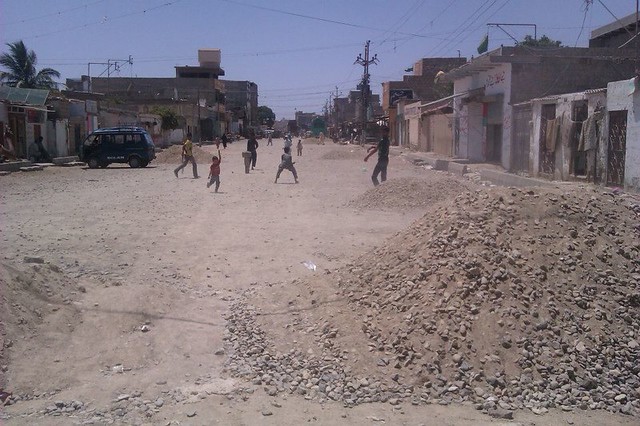
Educational Facilities
Education is a crucial pathway to improving socio-economic conditions in Orangi. The area is home to a variety of educational institutions, ranging from government schools to private academies and vocational training centres.
- Government Schools: Orangi Town has numerous government-run primary and secondary schools. However, these institutions often face challenges such as overcrowded classrooms, inadequate facilities, and a shortage of qualified teachers.
- Private Schools: In response to the shortcomings of the public education system, a number of private schools have been established. These schools generally offer better facilities and teaching standards but may not be affordable for all residents.
- Vocational Training Centres: To address the skills gap and improve employment prospects, several vocational training centres operate in Orangi Town. These centres offer courses in trades such as carpentry, tailoring, and computer skills.
- Higher Education: Access to higher education remains limited, with few institutions offering college-level courses within Orangi Town. However, some residents pursue higher education in other parts of Karachi.
Healthcare Facilities
Healthcare is a critical concern in Orangi, where residents face numerous health challenges, including infectious diseases, malnutrition, and maternal health issues. The area served by a mix of public and private healthcare facilities.
- Government Health Centres: Orangi Town has several government-run health centres providing basic medical services. These centres often struggle with limited resources, inadequate staffing, and high patient loads.
- Private Clinics and Hospitals: Private healthcare providers play a significant role in meeting the medical needs of the community. These facilities generally offer higher quality care but at a cost that may be prohibitive for many residents.
- Non-Governmental Health Services: NGOs and charitable organisations actively involved in providing healthcare services in Orangi Town. These initiatives include mobile health clinics, vaccination drives, and health education programs.
- Maternal and Child Health: Maternal and child health services are a priority, with efforts focused on improving prenatal and postnatal care, immunisation, and nutrition. Community health workers play a vital role in delivering these services.
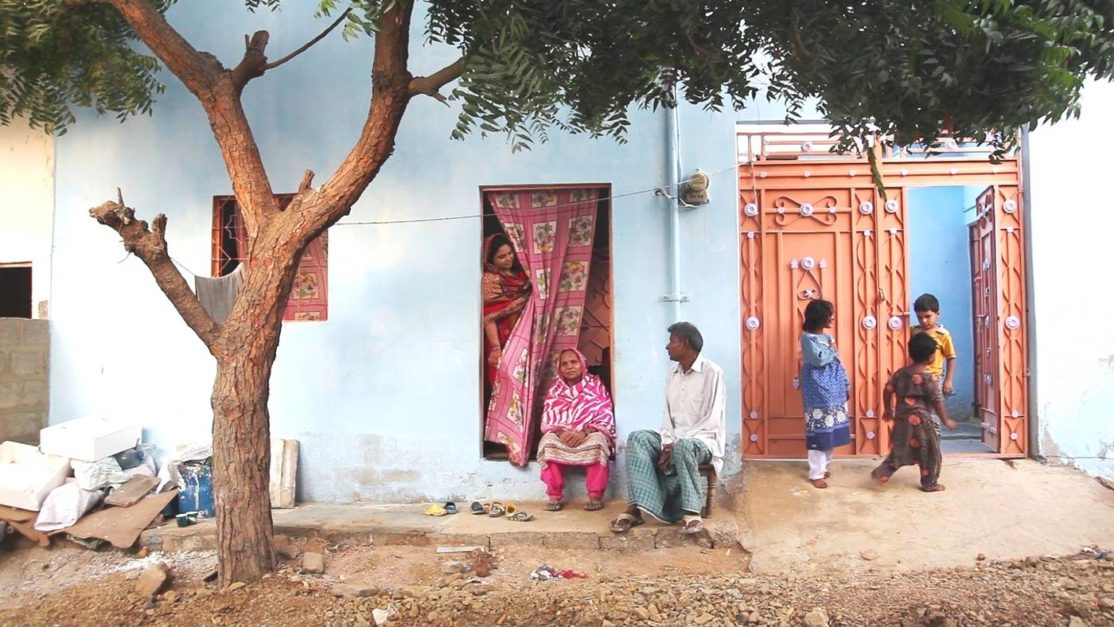
Challenges and Future Prospects
Town faces numerous challenges that hinder its development and the well-being of its residents. However, the community’s resilience and ongoing efforts by various stakeholders offer hope for a better future.
- Infrastructure and Services: Continued investment in infrastructure and services is essential to address issues related to housing, sanitation, water supply, and electricity. Community-led initiatives and government support are crucial in this regard.
- Economic Opportunities: Creating more economic opportunities within Orangi Town is vital for improving living standards. This can be achieved through skills development, entrepreneurship support, and investment in local industries.
- Education and Health: Enhancing the quality and accessibility of education and healthcare is key to breaking the cycle of poverty. This requires strengthening public institutions, supporting private and non-governmental initiatives, and ensuring equitable access for all residents.
- Security and Safety: Addressing issues of crime and safety is a priority for the residents of Orangi Town. Collaborative efforts between law enforcement agencies and community groups can help create a safer environment.
- Social Inclusion: Promoting social inclusion and addressing discrimination based on ethnicity, gender, and socio-economic status is essential for fostering a cohesive and resilient community.
Conclusion
Orangi Town, despite its many challenges, stands as a symbol of the resilience and resourcefulness of its residents. Through community-led initiatives, the support of NGOs, and ongoing efforts to improve infrastructure and services, Orangi Town has made significant strides in addressing its most pressing issues.
With continued focus on economic development, education, healthcare, and social inclusion, there is hope for a brighter future for the millions who call it home.
FAQs
Related FAQs
1. What is the population of Orangi Town?
Orangi Town has a population of over three million residents, making it one of the largest slums in the world.
2. What are the main challenges faced by residents of Orangi Town?
The main challenges include inadequate housing, poor sanitation, limited access to clean water, low-income levels, and insufficient healthcare and educational facilities.
3. How has the Orangi Pilot Project contributed to the development of Orangi Town?
The Orangi Pilot Project has played a significant role in improving sanitation, housing, and community organisation through technical support and facilitating self-help initiatives by residents.
4. What types of educational facilities are available in Orangi Town?
The Town has government schools, private schools, and vocational training centres. However, challenges such as overcrowded classrooms and inadequate facilities persist.
5. How can the economic conditions in Orangi Town be improved?
Economic conditions can be improved through vocational training, microfinance schemes, investment in local industries, and support for small businesses and entrepreneurship.
If you want to learn more about Malir Cantt, visit Graana blog.
